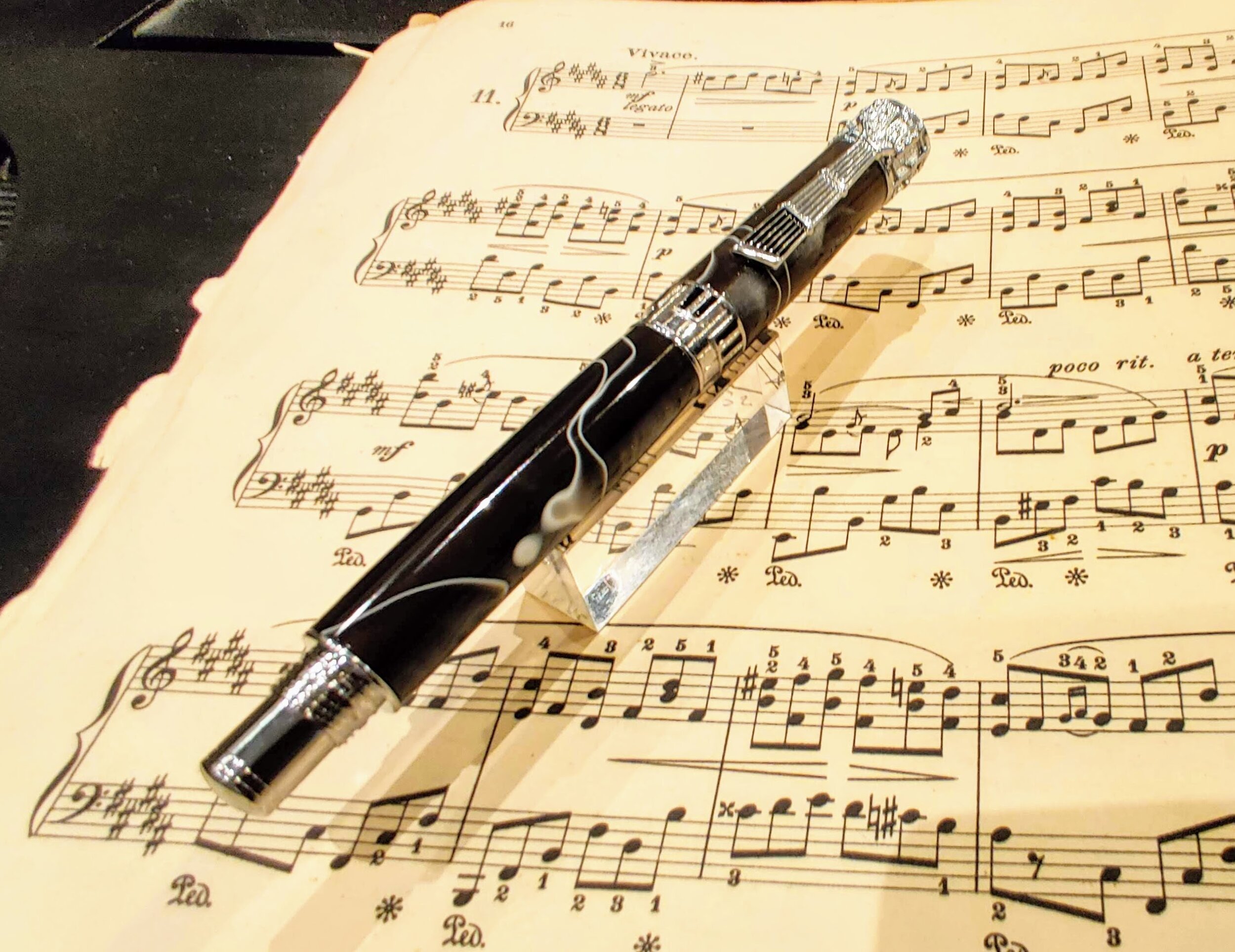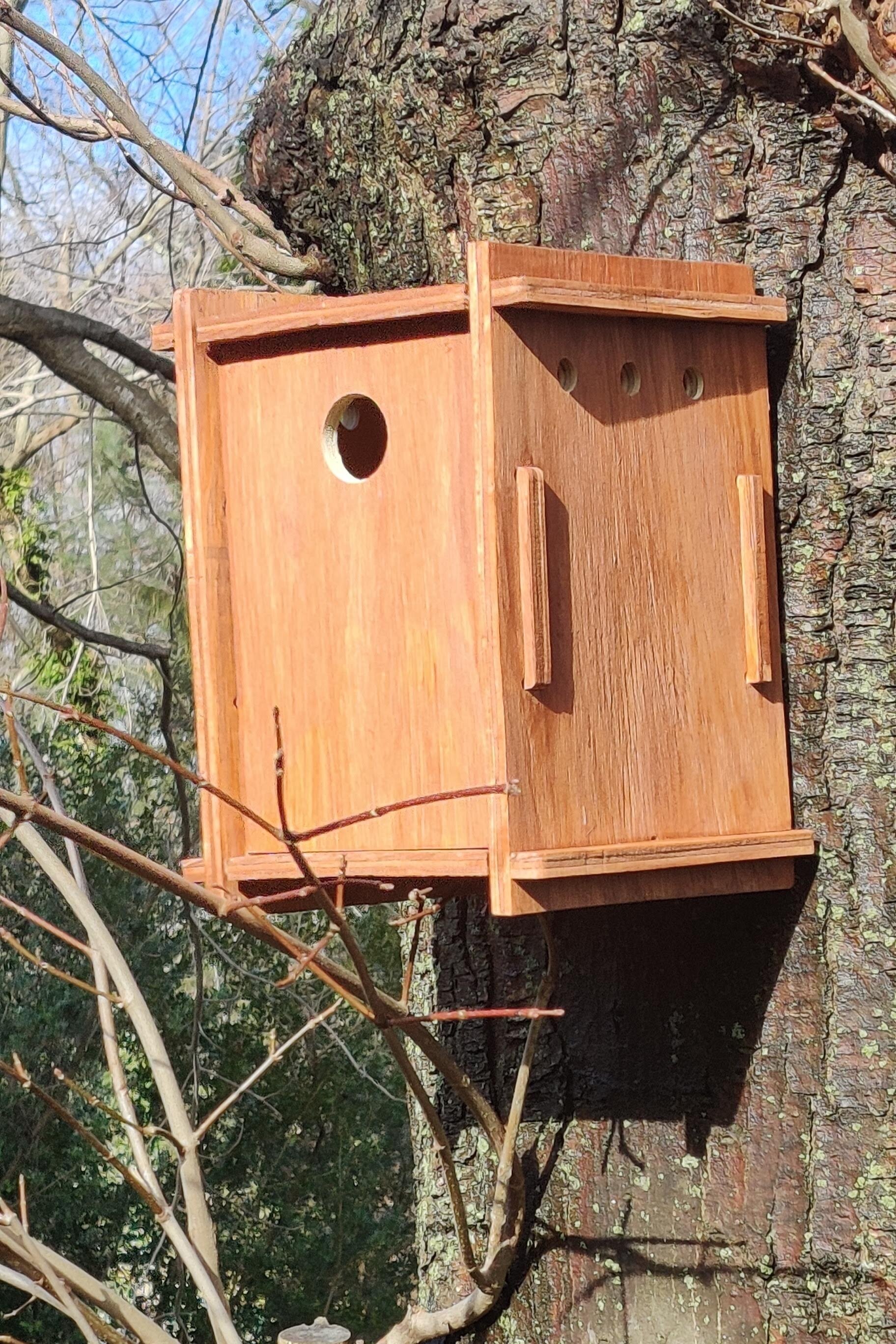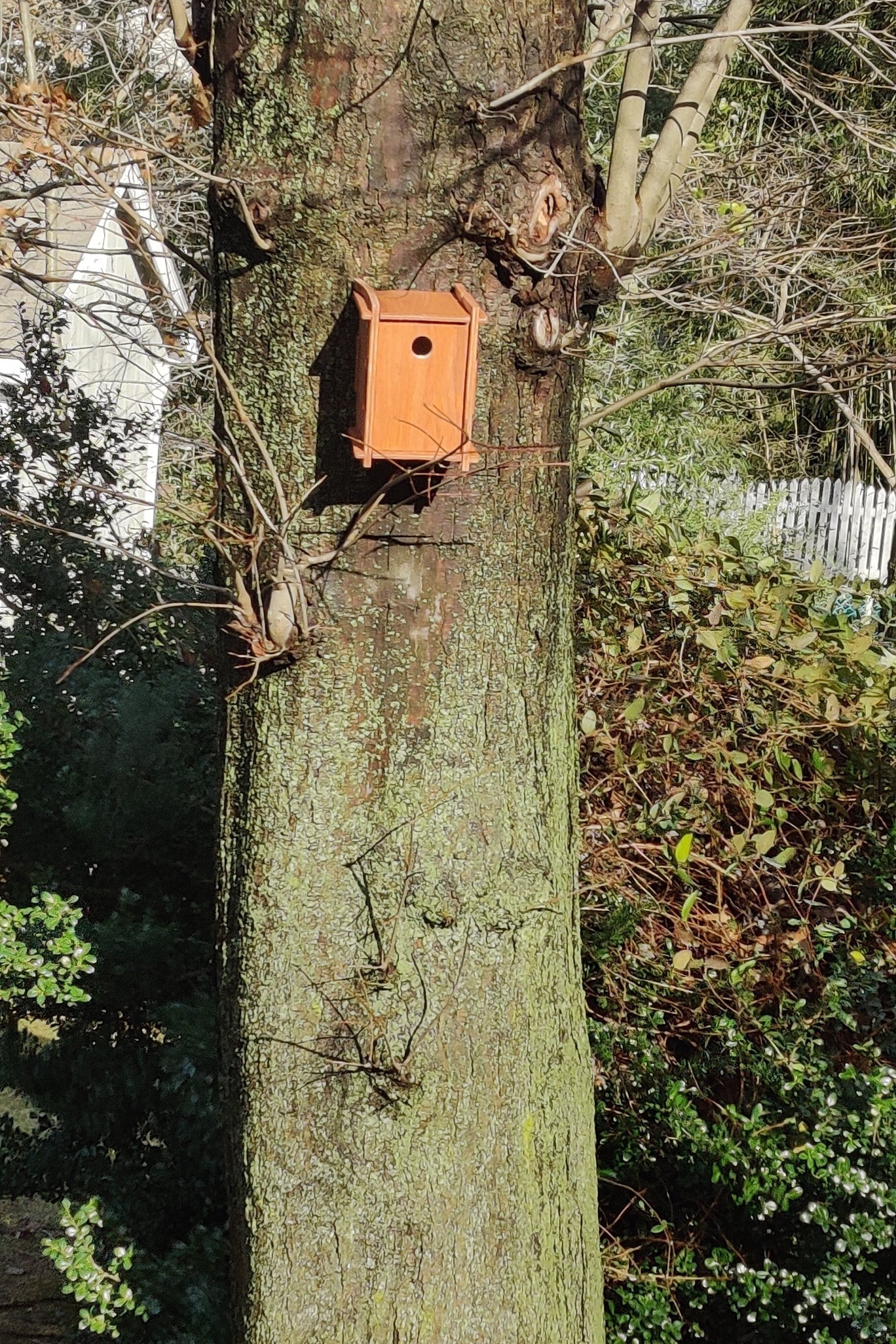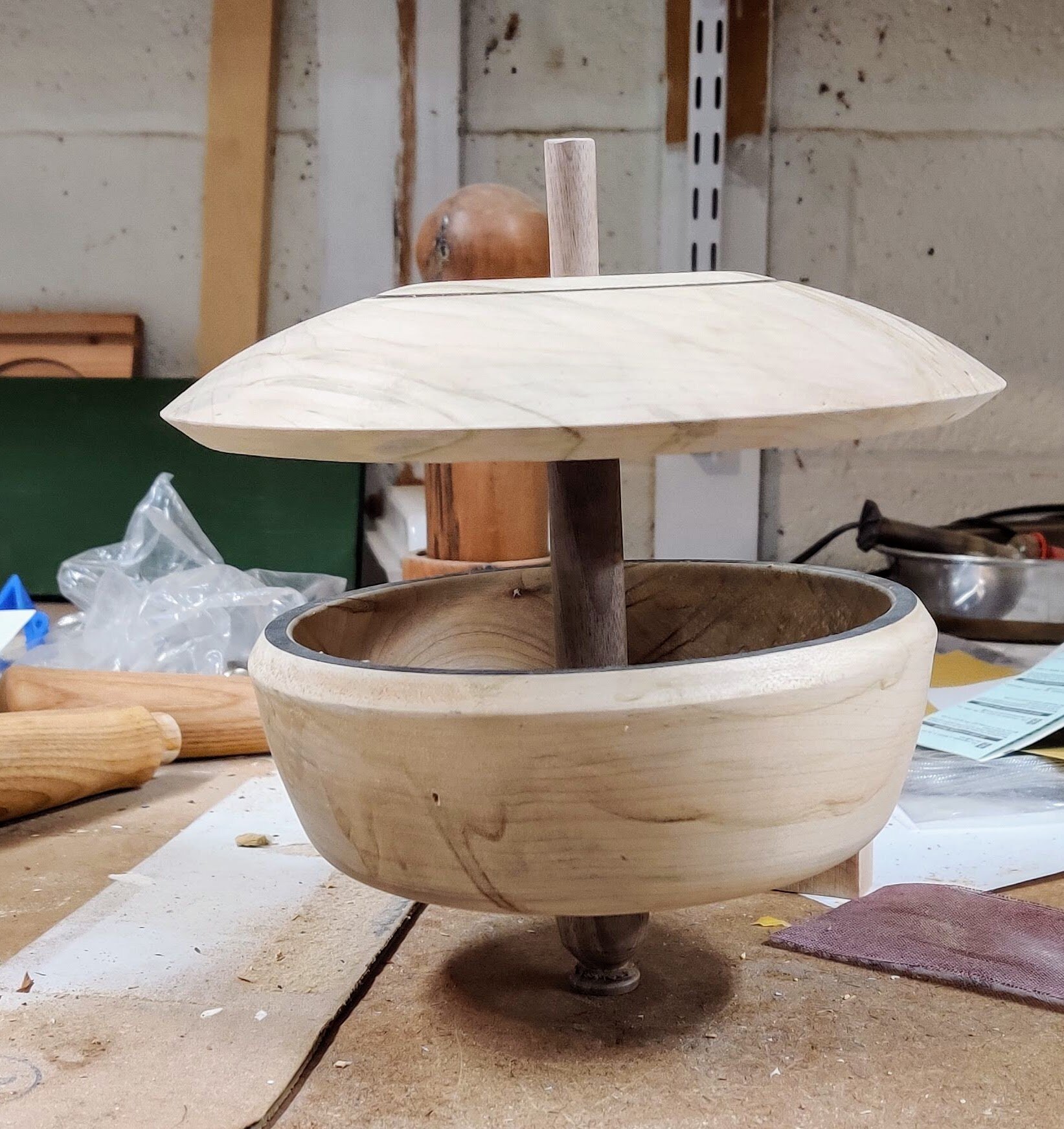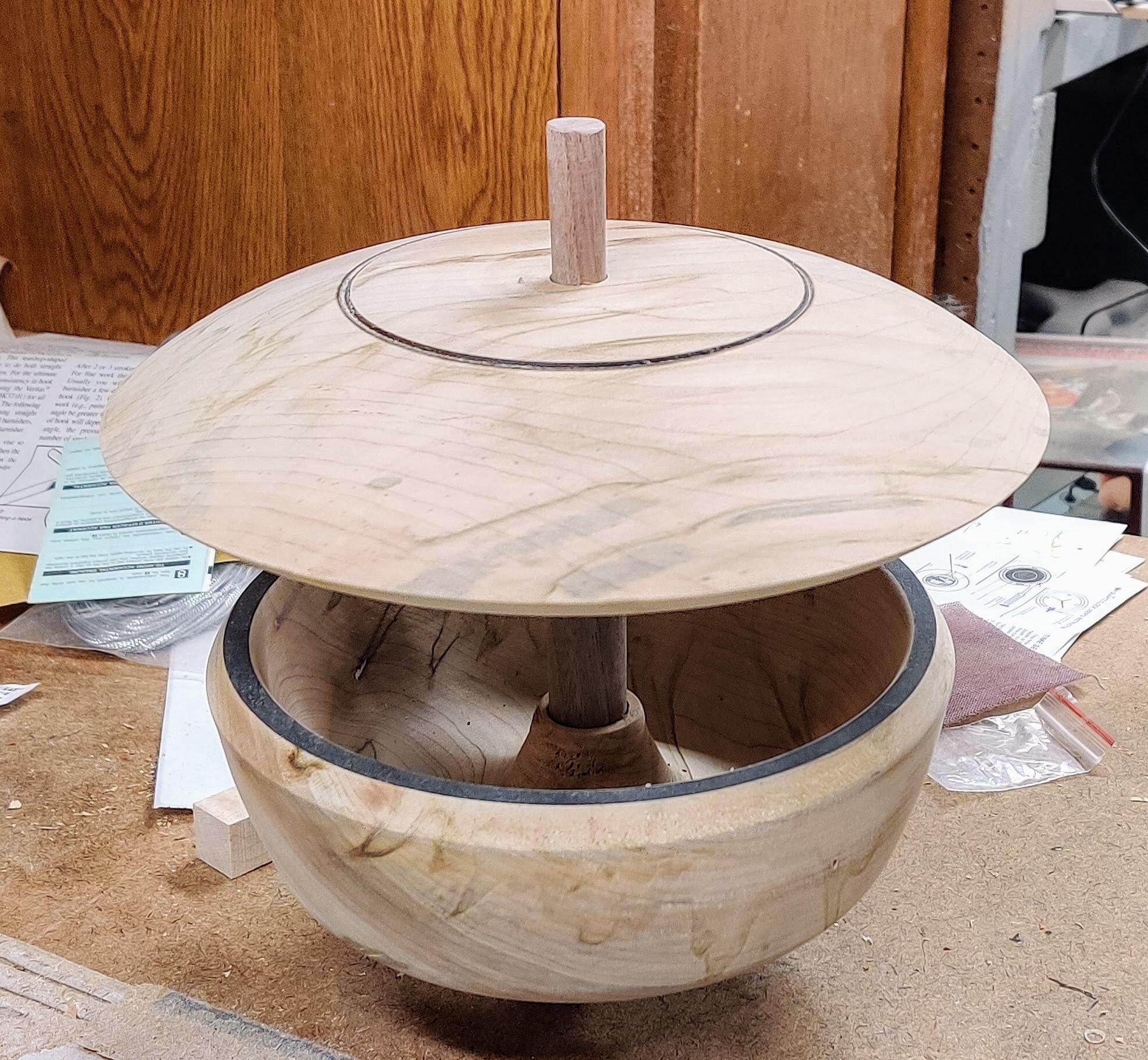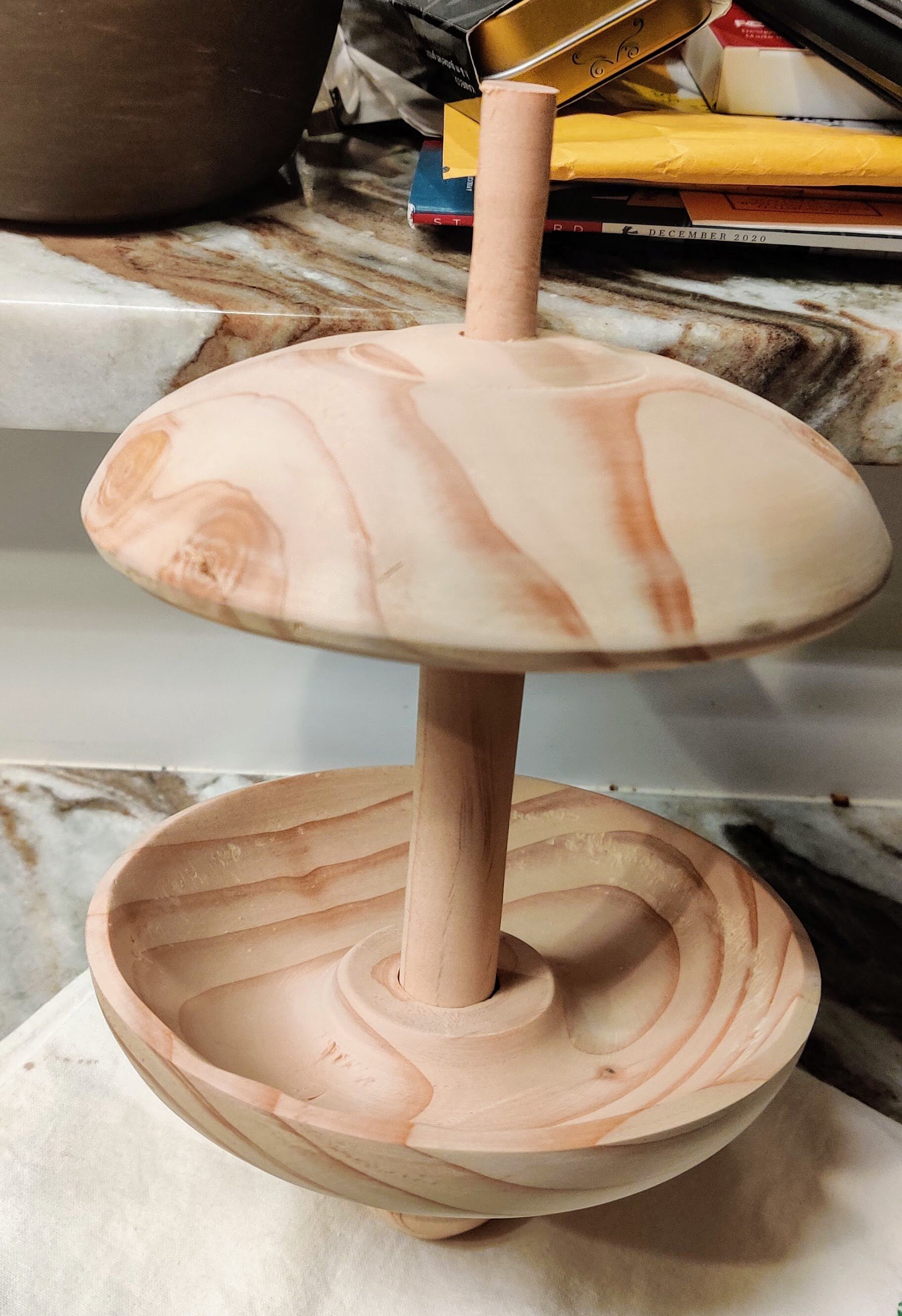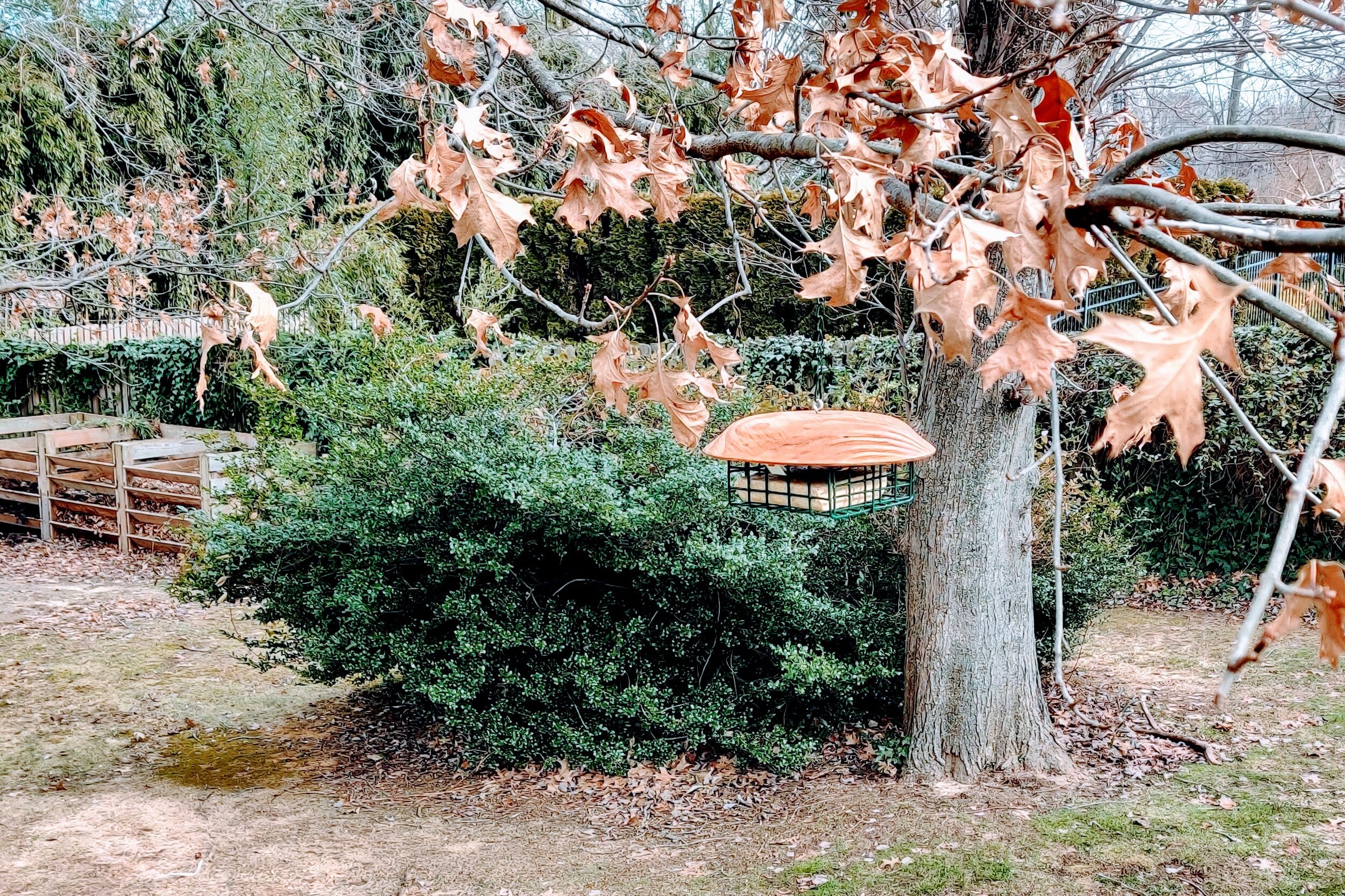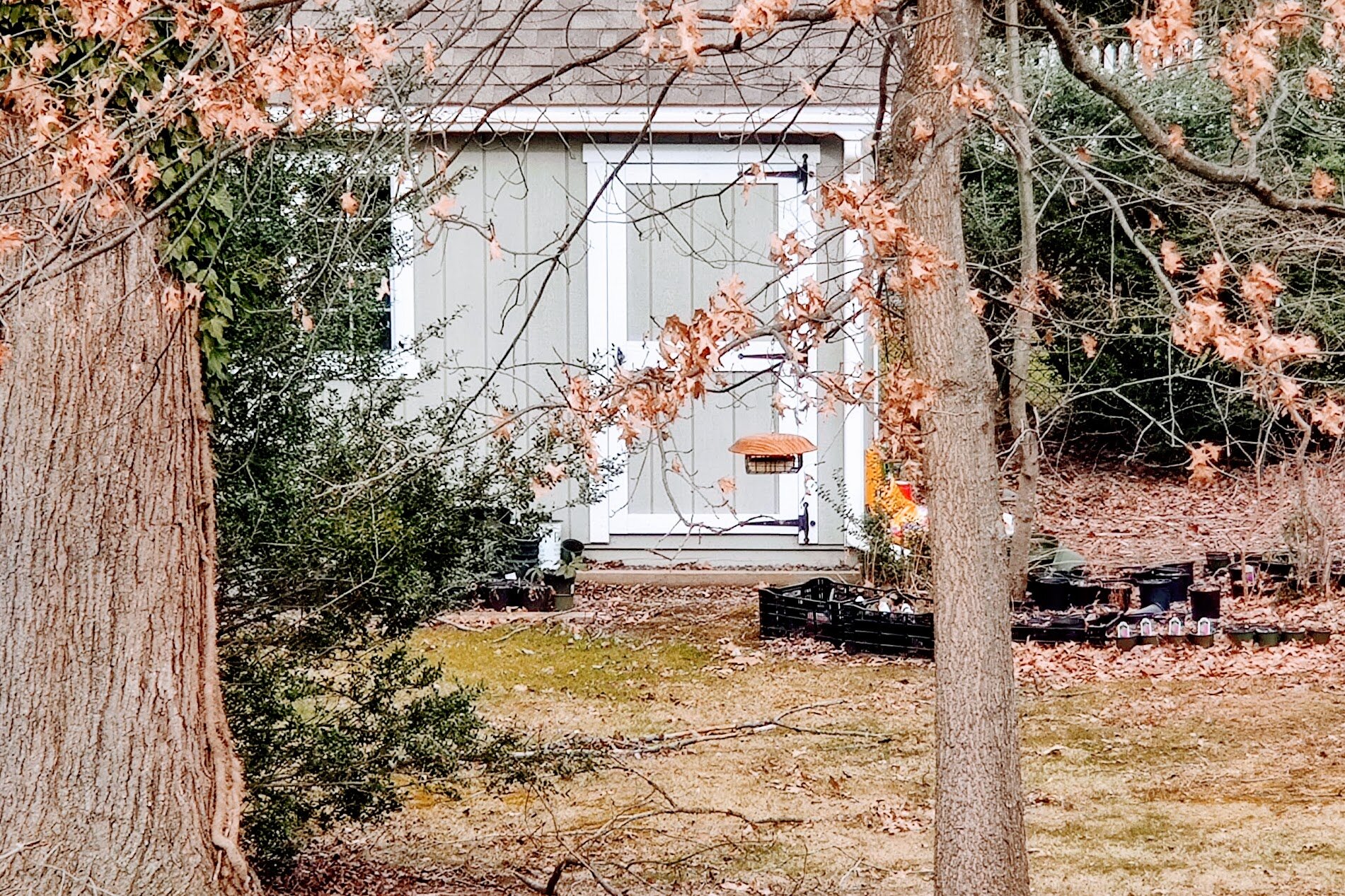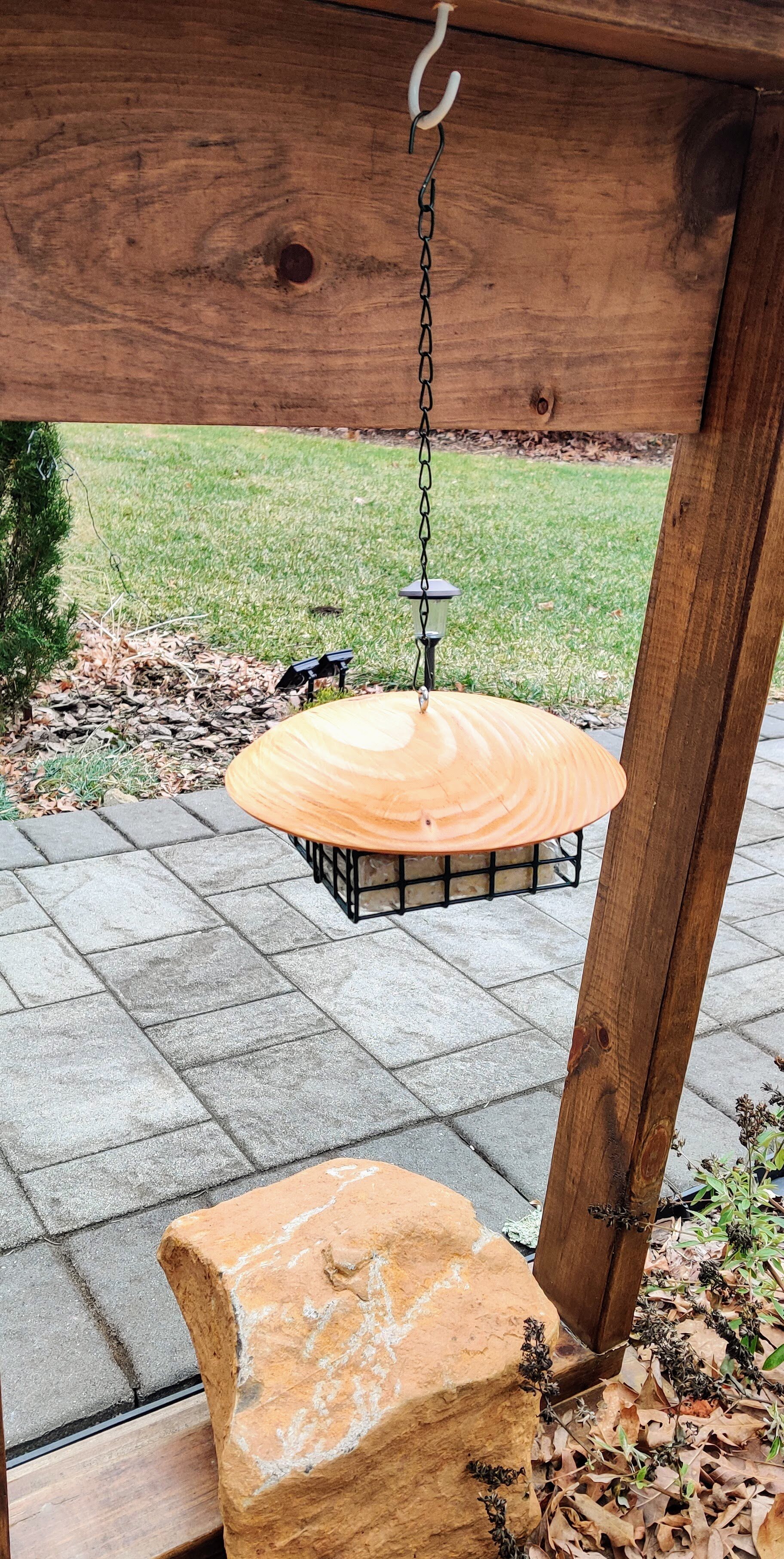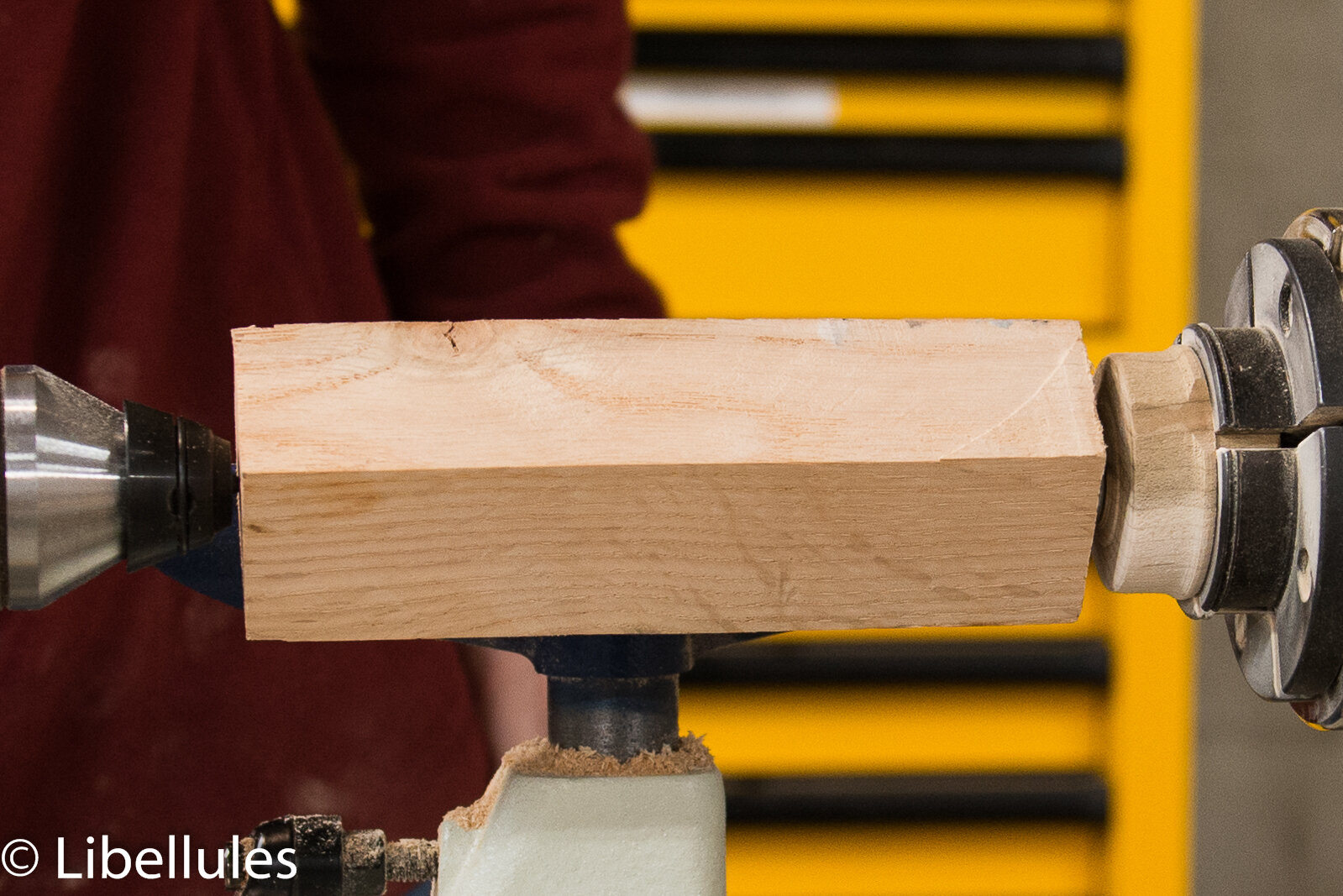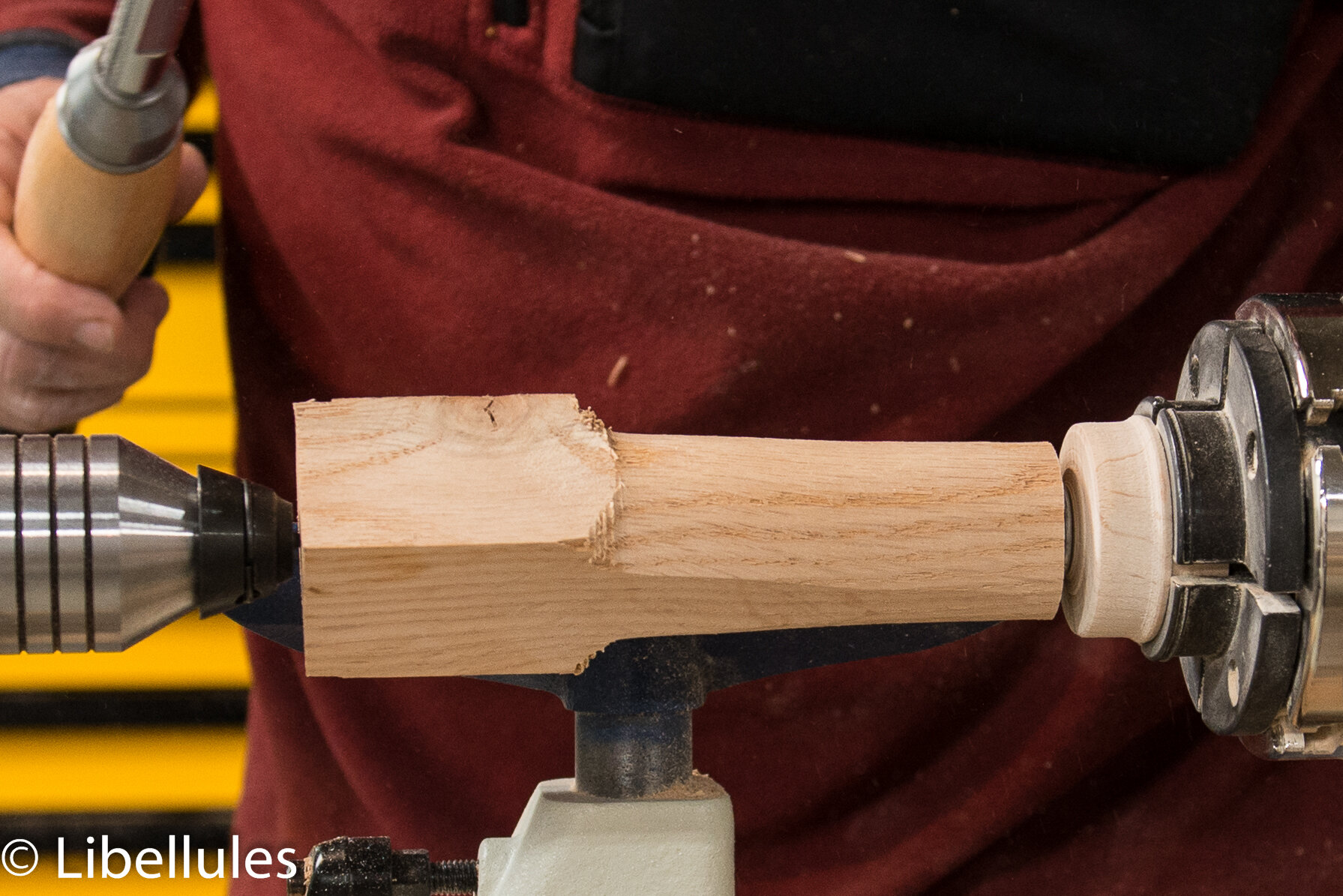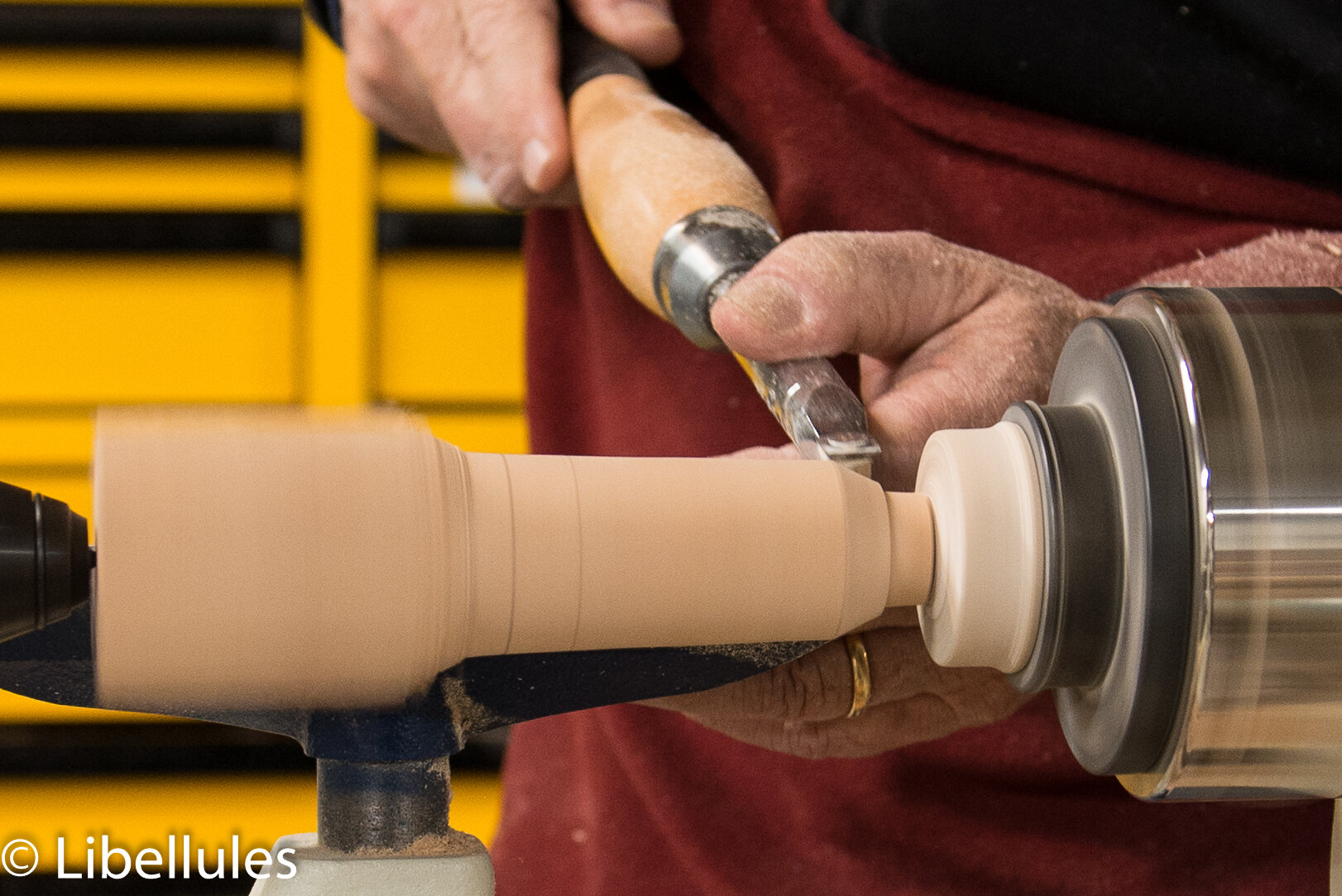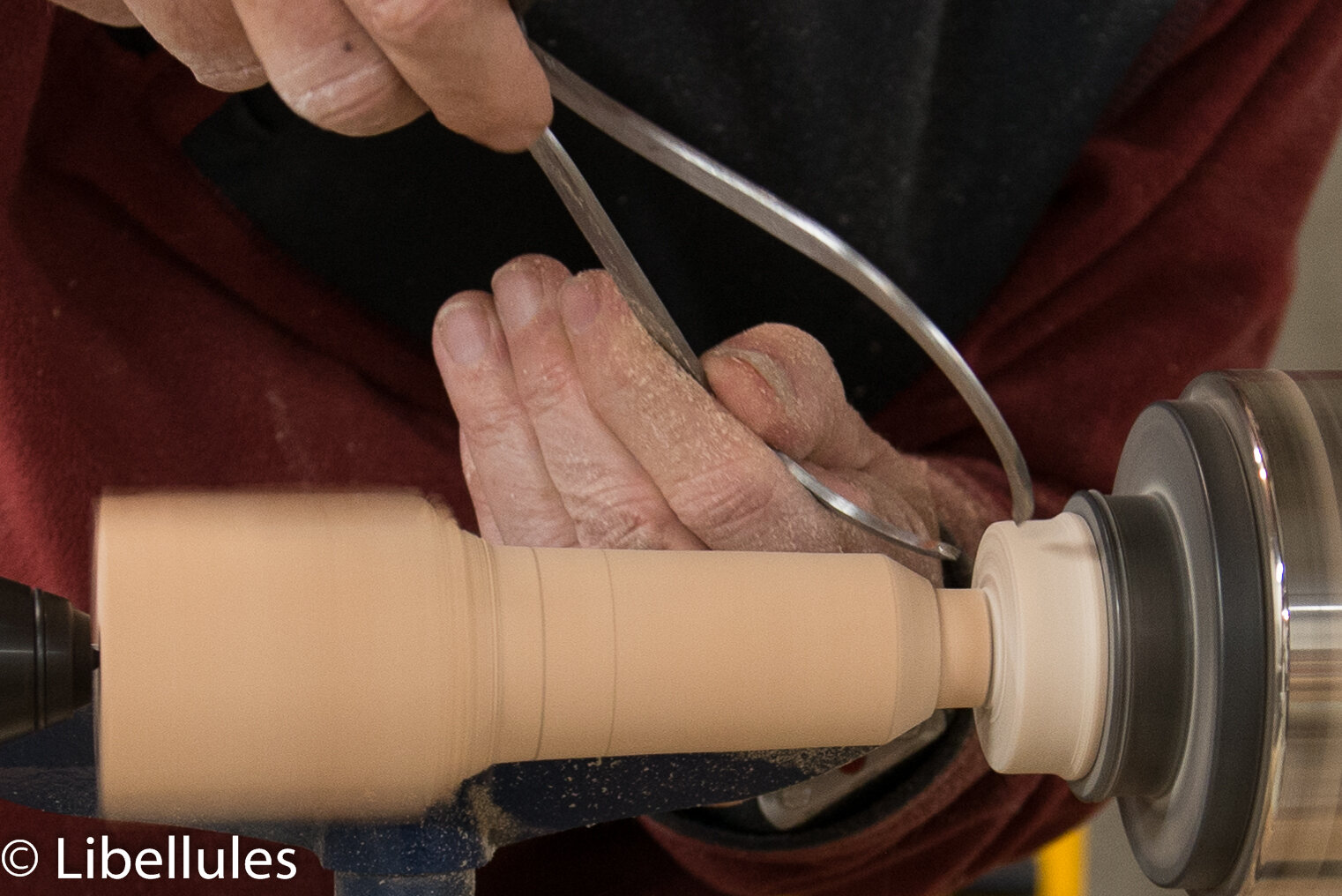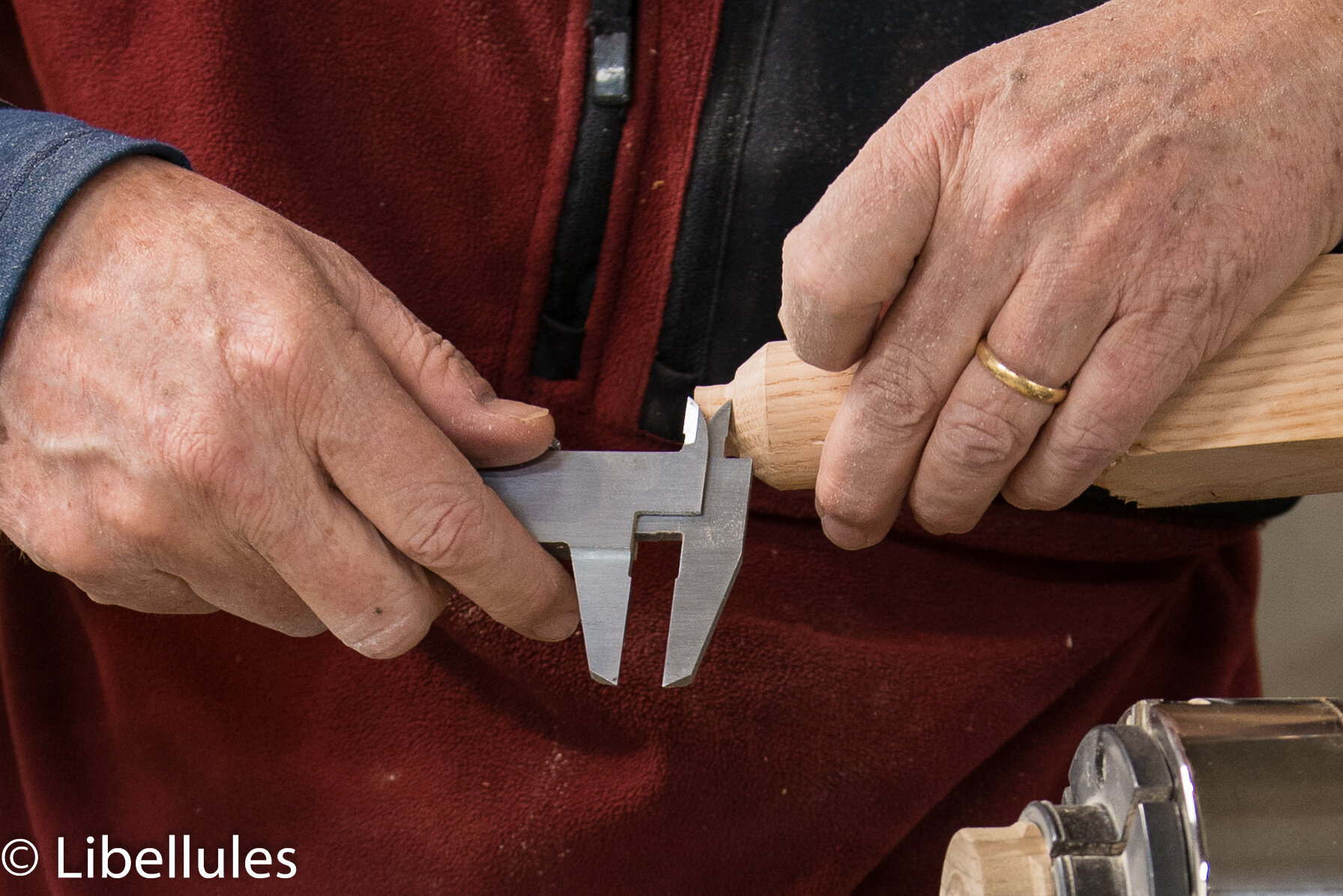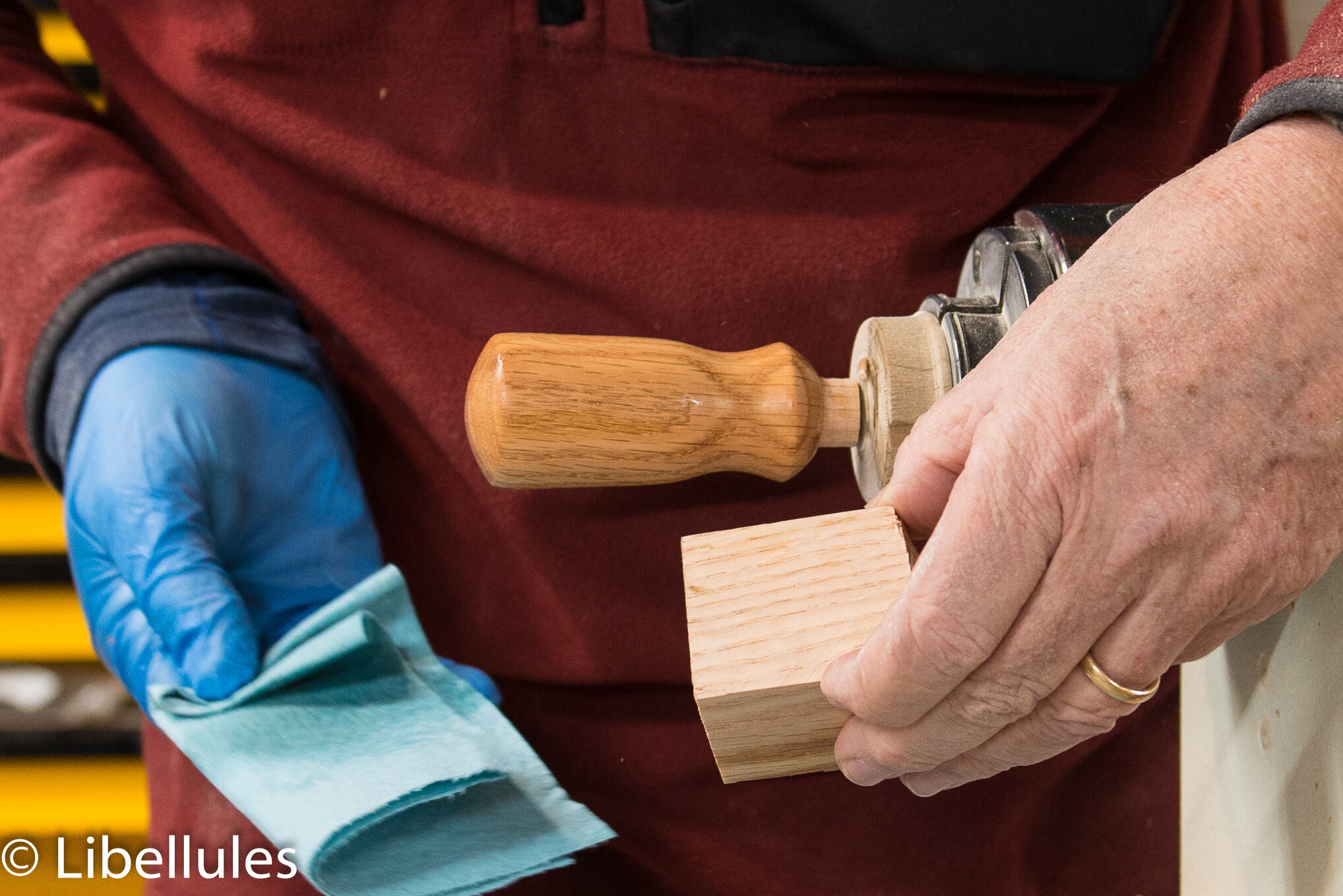It’s still winter but Judy is busy planning for the Spring plants, walking through the nursery beds to see how they are wintering so far and going through catalogs of seeds to see what she could be growing in the future. Given the success Judy had last year and requests she received, I think she is thinking hard about how to best meet customers’ needs and wants. Of course, we know this is a moving target and deciding what to grow and sell requires a great deal of thought as well as intuition.
In order to complement the assortment of outdoor plants we are now selling, I’ve been thinking about what products could make sense for those customers who like to spend time in the garden - not a simple matter as wood products require some care and attention when placed outdoors to face varied weather conditions.
For products made of wood that will spend time in the weather outdoors, I do prefer to minimize the use of metal parts - especially fasteners as the different materials do not react equally to changes in temperature and humidity, which can lead to failure over time. I especially abhor the use of nails and screws placed in end grain because that is a sure-fire recipe for failure of the joint; materials’ innate properties must be considered whenever making any products.
After spending quite some time observing birds in the yard, building some rudimentary nest boxes that had a few birds successfully nest in them, I built a few bird nest box prototypes then started the usual product development work of adjusting and adapting their design in order to offer them for sale.
I’ve set out some objectives of making them easy to pack and ship as well as assemble and maintain for potential customers. The fact is that it is quite costly to ship finished nesting boxes simply because of their volume; I suppose the approach is to think a bit like Ikea. I’ve also noticed that many customers actually search for bird houses that they can assemble or build as a family project, so I’ve looked at that as an opportunity for providing parts that can be painted and assembled by the customer. But it is a long road that may ultimately lead nowhere - I do not intend on making and selling the same products that can be easily found elsewhere.
Below the first attempt that has proven less than ideal in resistance to drenching rain despite the coat of protective deck stain. It seems that additional protection of edges is required for better stability of the product. What has been achieved is a design made of six flat-packable parts that requires no glue nor fasteners, that I can replicate consistently, that is easy to assemble, that is robust and solid enough to protect against any predator and that is easy to mount and remove for annual clean-out of old bird nest materials. Unfortunately, the top edges are not up to acceptable standards for weather resistance. The nest box would likely last several seasons, but not in the condition I’d expect it should. More work on design is needed…
In keeping with the bird theme, I take a great deal of pleasure observing the birds at our feeders and so have started work on a couple feeder variations that are currently being tested. I think I’ve made a small breakthrough in raw materials for the feeders but the design still needs some work to make it affordable without me losing my shirt.
Two example prototypes are shown below, the first made of some Ambrosia Maple that was not currently reserved for another project, the second made of simple Douglas Fir, more easily available at an affordable price.
I find the design pleasant though it requires a great deal of labor and wood to make, which makes me wonder if it could be economically viable. The third photo above demonstrates that an economical, locally sourced wood alternative exists - Douglas Fir. When coated with a bird-safe water-based coating, the wood will be suitable for outdoor use - as it is for decks.
My observations of birds at the feeder led me to wonder if I could find a way to favor some smaller song-birds (e.g., Titmice, Nuthatches, Chickadees, Cardinals, Song Sparrows…) over larger groups of more voracious species (e.g., Grackles, Starlings, Jays, Pigeons/ Doves…) if only to avoid having to refill the feeder so frequently. This design actually allows me to place the cover, which provides protection to the bird seed from driving rain, at a distance from the seed-holding bottom that makes it all but impossible for birds of larger sizes to eat at the feeder.
In winter, especially, I offer suet to birds because it contains fatty food that is rich in energy. Again, I’ve made a few rudimentary traditional-looking feeders that work well enough but show a propensity to attract animals that can scare away the birds I’d like to favor; these animals can also be voracious, which again requires replacing the suet cakes more often than I’d think needed.
Using the experience of turning parts for the seed bird feeder above, I’ve worked on designing a suet feeder that is original looking, that blends into the garden and that is practical in that it protects the suet cakes from driving rain and makes it more favorable for small “clinging” birds the feed while making it more difficult for some unwanted wildlife to consume all the suet.
Progress here has been quicker than on the other products so I now have passed the initial prototype phase into a salable product.
Ok, it looks like a UFO, an upside-down plate, or drone holding a package but I think it “melts” into the background rather well. And using a deck stain to protect the wood has the added advantage of allowing people to choose colors that match the surroundings as they like. Shown above are two colors: Canyon Brown and Cedar, currently available on this site. I’ll be offering other colors for sale soon, stay tuned…



